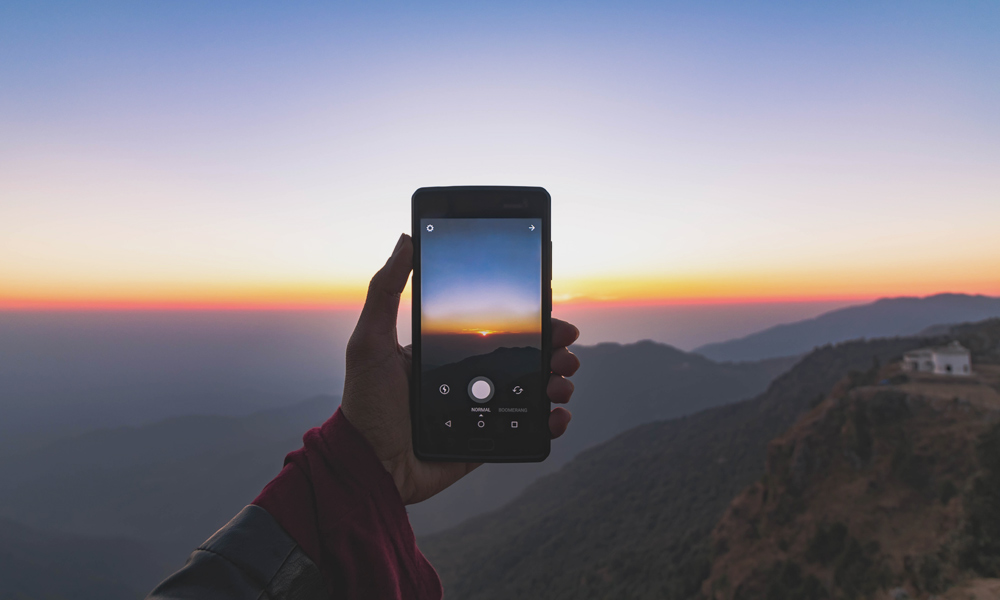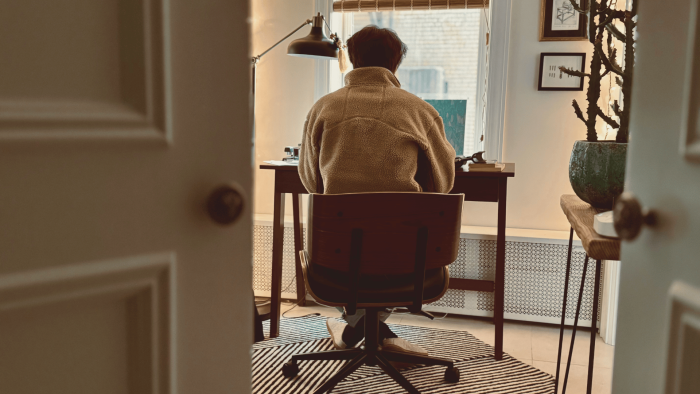Smartphones have taken the fine art of photography and put it in the hands of anyone willing to hone their skills. Unfortunately for a lot of us, developing those skills could take a long time—time we really just don’t have in between careers, personal relationships, and figuring out which new smartphone we want to upgrade to, even though we just upgraded like, seven months ago.
It’s a tough break, really, because what the hell is the point of all this high-quality gadgetry if all we’re going to do is take grainy selfies and over-exposed photos of food that, frankly, we probably shouldn’t be taking photos of?
With the new year here in full force, we decided to help everyone start it off on the right foot.
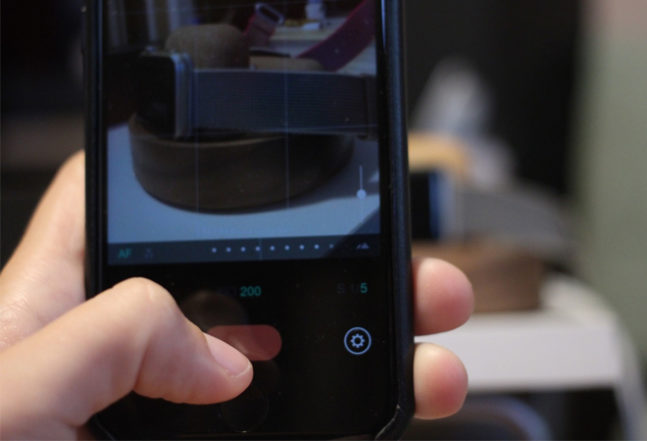
Shoot RAW if You Can
Just four or five years ago, you were lucky if your smartphone camera had enough megapixels to give you clear images of billboard-sized graphics. Now, some smartphones come with equipment so robust that, when used with the right editing software, they can produce incredible, near-professional quality images.
Before you shoot a single photo, you should do your best to optimize image quality. If your camera is capable of shooting in RAW format (Google Pixel 2, iPhone, HTC 10, Sony Xperia X Perf, Samsung Galaxy Note 8, and a few others), do it. RAW files are huge and will take up a good chunk of your phone’s storage, but they’re so big because they’re completely uncompressed files. They store as much information from the photo as possible, which means editing and manipulating them is easier and more precise. If you’re looking to take your mobile photography seriously this year, go RAW-only.
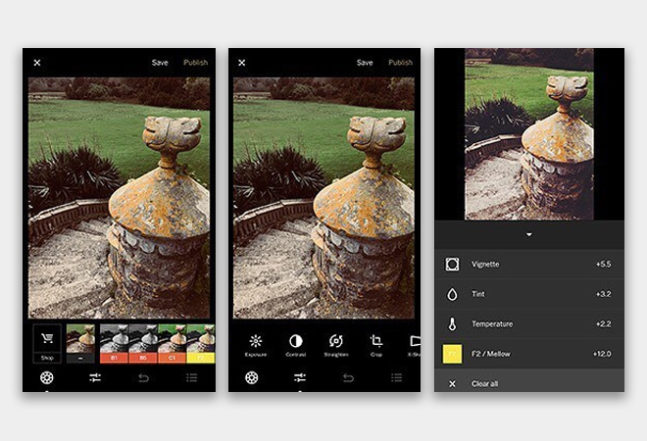
Don’t Be Afraid of Filters—But Don’t Go Overboard
One of the biggest cases against mobile phone photography is that no matter where you look, people are butchering perfectly good photos with too many filters. Imitated grain and “dust,” noise, awful exposure, grotesque color hues—we’ve seen it all, and we’re sure you have, too.
Don’t be afraid to sharpen up a photo or perform some kind of color correction, but also don’t turn it into a photographic spray tan. Your edits should subtly and respectfully accentuate your photo—not turn it into something else completely.
If you want to know where or how to get started, VSCO is an excellent resource. You can edit things specifically to your liking, or take advantage of any one of the app’s 100+ customizable filters. There are also other programs like Afterlight, or if you’re really trying to take your mobile photography to the next level, you can check out Adobe Lightroom CC.
Don’t Use Digital Zoom
With a traditional camera lens, if you want to zoom in to take a photo, the lens physically alters its focal length, making it look like you’re getting closer to your subject. By twisting the barrel of the lens, you bring lens elements closer together or farther apart, creating “zoom.”
The lenses in the majority of our smartphones aren’t complex enough to zoom in this way, so the cameras compensate by creating the illusion of zoom by digitally magnifying an image. It’s called digital zoom, and basically means you’re expanding pixels.
While it gets the job done, blowing up pixels drastically reduces the quality of the image, sometimes so badly that it’s irreparable. If you want to zoom in on a photo with your smartphone camera, your best bet is to take a regular photo, and then use an editing program like VSCO, AfterLight, or Snapseed to crop the image. You’ll be cutting out pixels, but you’re going to do a lot less damage to the photo’s overall quality than you would with digital zoom.
Of course, some smartphones do offer a limited form of optical zoom—iPhone X, Galaxy Note 8, Asus ZenFone 3 Zoom, to name a few. You won’t get anything crazy, but there are both Android and iOS phones that offer at least 2x optical zoom.
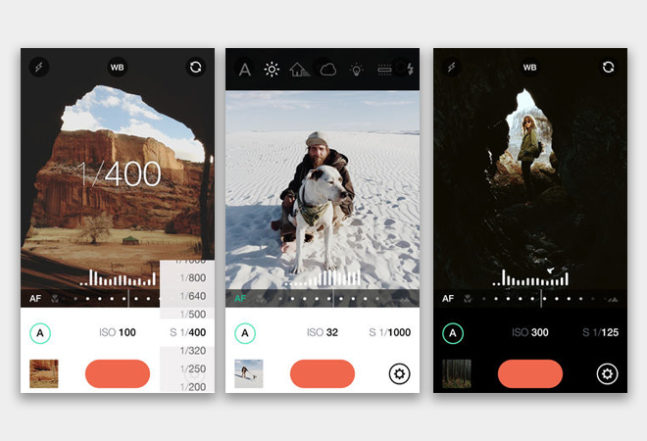
Find a Manual Mode App
When photographers shoot with their dedicated rig, they don’t just slap it in auto and start snapping away. If they’re worth their salt, they take time to look at the scene and then modify the camera’s settings—primarily shutter speed, aperture, and ISO—to take the best photo possible
Your smartphone camera is capable of the same thing. While the camera’s native interface may not allow you the luxury of easy access to things like shutter speed and ISO, there are a ton of apps out there that’ll give you the option to do so.
Some of the most popular are Manual, ProCam, Obscura Camera, and Manual Camera, but there are many to choose from. Find one that works, and you have ways to manipulate your mobile photography you never thought possible.
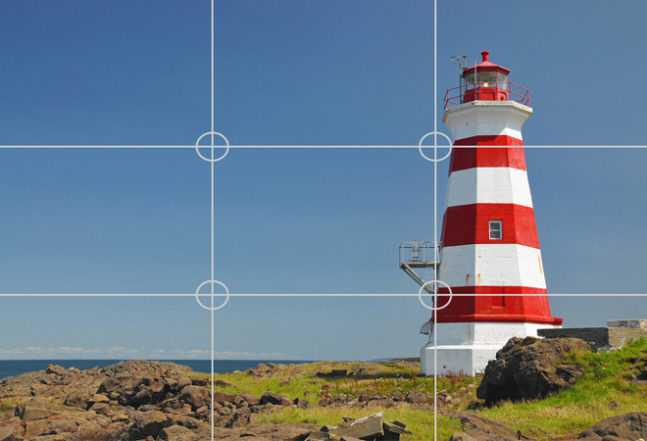
Composition
Sometimes you just can’t beat old-fashioned knowhow. A skilled photographer doesn’t care whether he’s shooting on a $7,000 Leica or a refurbished iPhone; he’ll be able to get the shot he wants, in the way he wants to shoot it.
Why? Because he knows about composition—leading lines, the rule of thirds, symmetry, depth of field, framing, etc.
Taking a good photo is about so much more than just pointing your camera at something and snapping the shutter. Once you learn how to spot a good frame, you’ll start turning ordinary photos into extraordinary ones.
Keep Your Flash Off
In photography, flashes are things used only with appropriate lighting elements, none of which your smartphone has. Using the built-in flash on your phone is a surefire way to a shit photo. Details will get blown out, everything will be over exposed, and you’ll likely embarrass yourself wherever you are.
Your camera’s sensor is intelligent enough in most situations to compensate for the lack of lighting, and you won’t need flash to get a half decent image. And when you can’t get something half decent without it being too grainy/noisy, maybe it’s better to just put the camera down and take the loss.
Any way you cut it, keep the damn flash off.

Choose Your Subjects Wisely
This one might sound obvious to you, but apparently it isn’t to everyone. Smartphones give a lot of people a strange desire to document and catalogue everything in their lives. What they ate for breakfast, their daily outfits, weird highway license plates they encounter—every mundane detail gets captured and stored on a hard drive, in the cloud, or on Facebook.
Sometimes we just need to realize that not everything should be catalogued, and we should consider choosing our subjects more carefully. A plate of fried burrata and pasta Bolognese is going to look far more appealing than a bowl of Kraft Mac and Cheese with some ketchup on top. That’s just the way life is, sometimes.

